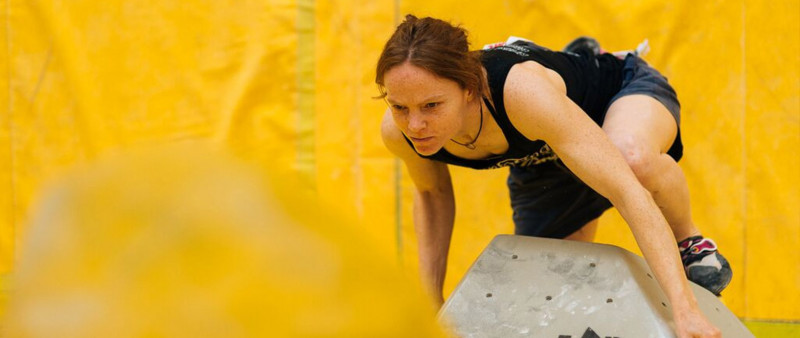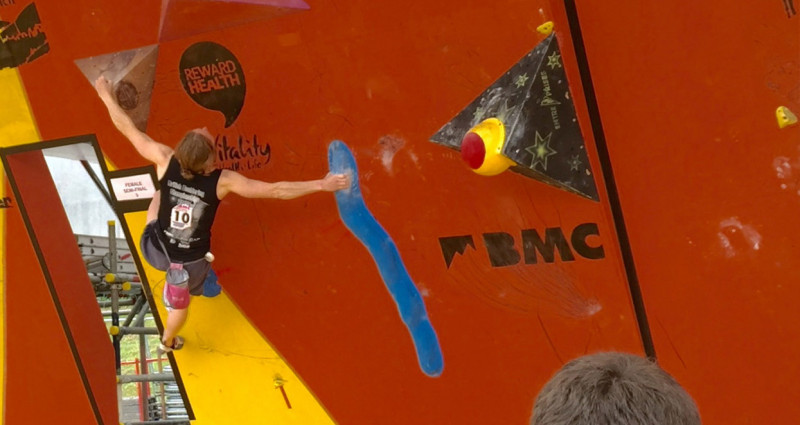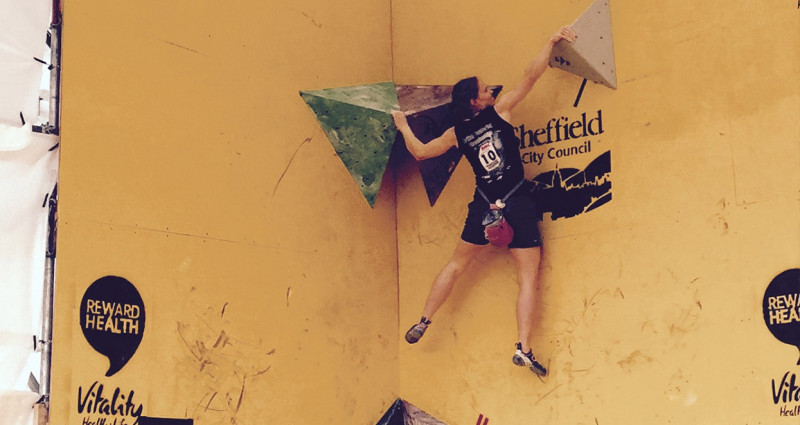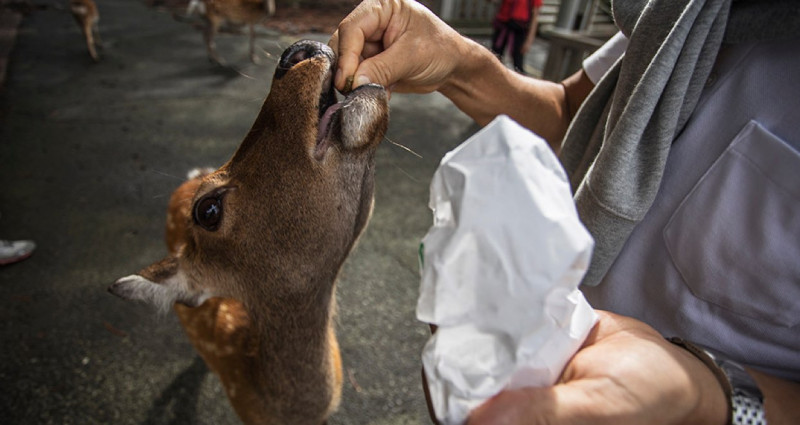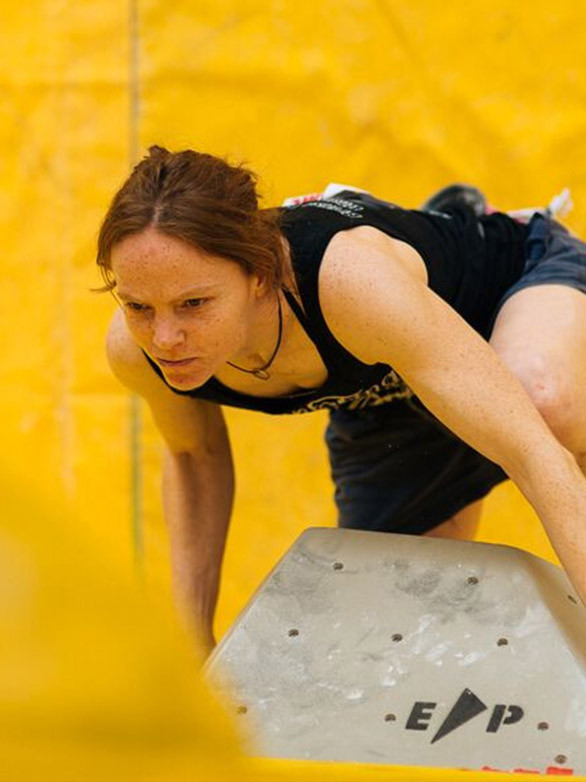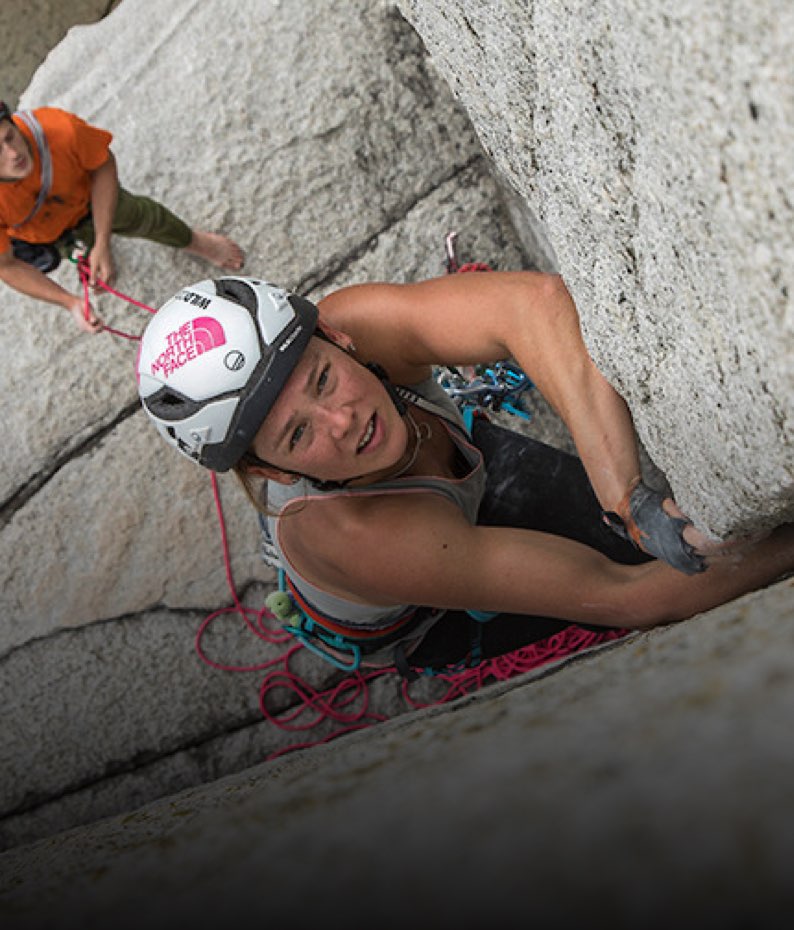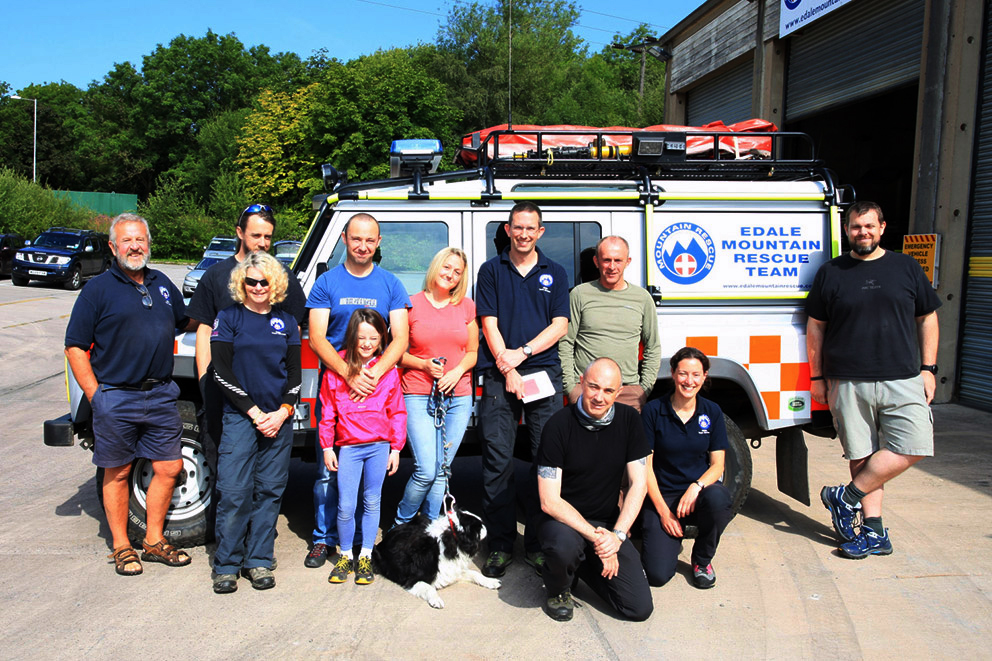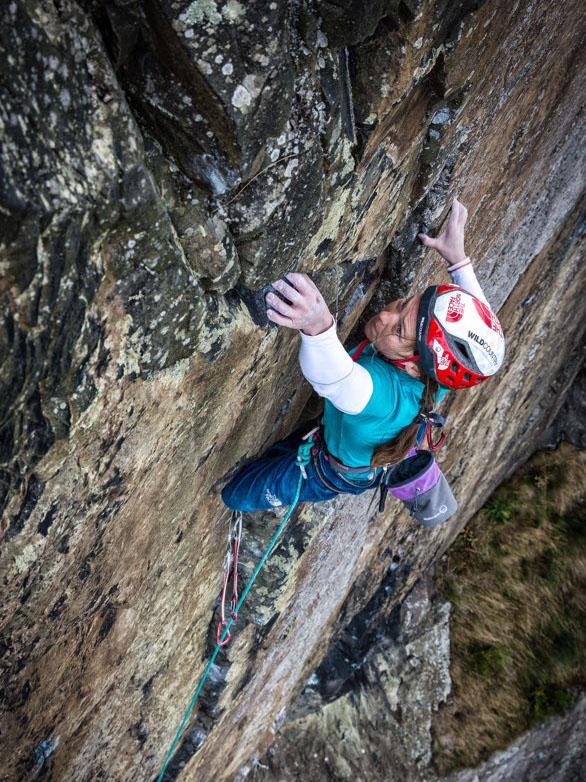Ist Klettern der freundlichste Sport von allen?
Sich gegenseitig helfen und gemeinsam gewinnen
Ich bin immer beeindruckt davon, dass während des Betrachtungszeitraums von großen Wettbewerben die Konkurrenten einander helfen, indem sie Beta teilen, obwohl sie dadurch ihre eigenen Chancen auf den Sieg schmälern könnten. Doch es geht noch weiter: Nach der letzten Weltmeisterschaft in Vail haben Jan Hojer und Adam Ondra versucht, Nathaniel Coleman zu überreden, an den Events in China teilzunehmen, da er gute Chancen hatte, es im Gesamtwettbewerb auf das Treppchen zu schaffen. Die Tatsache, dass sie auch um den ersten Platz wetteiferten, schien dabei keine Rolle zu spielen.
Das liebe ich am Klettern. Am Felsen oder der lokalen Wand siehst du regelmäßig Gruppen von völlig Fremden, die Wissen austauschen und die besten Möglichkeiten beim Klettern diskutieren. Viele der besten Kletterer des Landes leben in Sheffield, und du siehst oft, wie sie miteinander reden oder klettern, als Normalsterbliche an der Wand. Es scheint, als gäbe es in der Kletterwelt flache Hierarchien.
Während des Trainings für die British Bouldering Championships in diesem Jahr wurde mir wirklich bewusst, wie großartig die Kletter-Community ist. Ich war darauf bedacht, an meiner Technik zu arbeiten und verbrachte daher viel Zeit an der Wand und übte, beim Klettern an Platten das Gleichgewicht zu halten und nach Griffen zu springen, die unerreichbar schienen. In dieser Zeit halfen mir viele Menschen mit Ratschlägen zu meiner Technik und hilfreichen Tipps, wie ich mich verbessern könnte. Nicht nur meine Freunde, sondern von Fremden, mit denen ich an meinen Problemen arbeitete, bis hin zu den besten Wettkampfkletterern und den Routenbauern selbst, die mir Tipps gaben, was ich probieren könnte und Informationen darüber, was ich am Wettkampftag selbst zu erwarten hatte.
"Und auch die Abgeschiedenheit war sehr angenehm."
Ich dachte immer, dass es stressig wäre, aber ich verbrachte die meiste Zeit damit, mit einer tollen Gruppe an Leuten zu sprechen und mich mit ihnen anzufreunden. Leute, die über ihren eigenen Erfolg begeistert waren, aber auch andere unterstützten.
Ich sah Sport immer mit dem Motto „jeder für sich“ verknüpft, aber ich denke nicht, dass das auch für das Klettern gilt. Ich schätze mich glücklich, von etwas Teil zu sein, wo Menschen sich wirklich gegenseitig helfen und andere erfolgreich sehen wollen.
Und der Wettkampf, wie lief der? Ich wurde am Ende 19., und ich erreichte mein Ziel, es ins Halbfinale zu schaffen, also freute ich mich sehr. Die Wettkampfwand beim Cliffhanger Festival war ein hervorragender Ort, um sich zu messen. Die bunten Wände und Probleme sahen ansprechend aus und da es in der freien Natur stattfand, war es kühl und luftig. Auch die Routenbauer hatten ihre Arbeit ausgezeichnet erledigt, und interessante Probleme erstellt, die das Feld gut gliederten (keine einfache Aufgabe, da bin ich mir sicher). Insgesamt war es ein großartiges Wochenende – 2016 kann kommen!

1 ISLAND, 2 MONKS AND UNTOUCHED GRANITE
“Why did James and I pick a small dot on the other side of the planet?”
Because Yuji told us about it. The last time Yuji proposed us a trip, we ended up in Kinabalu, the now oh so famous mountain where untouched granite will overwhelm the climber. The Real Rock tour has thrown Kinabalu into fame, but 5 years ago, when we went there, no climber could even put it on the climbing
Kinkasan is a small island not far from Fukushima, on the north east side of Japan. It has 26km circumference and is inhabited by two monks. From Tokyo it is a six hour journey. Yuji didn’t say that much more: Kinkasan’s coast is covered with granite cliffs, and there is a Shinto shrine on it. Yuji mentioned as well the damages made by the tsunami…
We began our journey with next to no expectations about the climbing, and a big question mark for the rest. 3 days in the trip and I know exactly why we came: for Japan.
2 years ago we spent a week in this unique country and both James and I knew that we had to come back one day: how could I compare it? Well, the first time you taste wine, you have heard a lot about it. But you smell, and you only smell the alcohol, you taste and you can’t put words on it because wine is subtle, complicated and requests an education. You have to go back to it, learn to enjoy, differentiate and remember. Japan is maybe a little bit like wine.
There is this astonishing mix of modernity (the Japanese toilets and their multi jets, music and self cleaning options give you an idea of the immensity of your difference) and spirituality, respect, focus.
We arrived at Base Camp, the gym that Yuji opened 5 years ago in Tokyo, and I oscillate between marvel and shame. I am a pro climber, and most of the boulders are too hard for me, the Japanese climbers around me seem to evolve so effortlessly, like flying cats on the wall. But then you realise: the world championship have just finished in Paris and in the bouldering competition, 3 of the 6 medals are not only Japanese, but from Tokyo, from Base Camp. Yuji and his company helps the athletes become professional and they often climb together. Shall I repeat that? Half of the world’s medals come from one gym! Surely there is no wonder that Yuji owns that gym… But that is only just the very top of the iceberg, because behind this 3 medals, there are a lot of other athletes with an incredible level. I have never seen so many good, extremely good boulderers in one place. And I am a former competition climber, trust me, I know what I am talking about.
“Why are they so good?”
The answer is surely complicated but here are a few elements: climbing has become very trendy in Japan, with over a 100 gyms in Tokyo. The Japanese body type is perfect for climbing; light, powerful and explosive muscles. The Japanese constant pursuit of perfection pushes the athletes to train hard, just like everyone around them simply accomplished every task with perfection.
It was dry for the crossing, and after unpacking our bags at the shrine we bouldered on a nearby beach for 1 hour before the rain came. With so much rock to see and so little time, we hiked out anyway along the coast to search out potential lines. The rain became heavier, we became wetter, and after 4 soggy hours we returned to the shrine, hopes high but spirits low. We’d been preparing this trip since September 2015, putting the team together, finding funding from sponsors, organizing the local logistics, yet it would all be in vain if the weather didn’t brighten up.
A morning of rain gave us the excuse to sit down and record some interviews, though truthfully we had little to say as we’d done little climbing. Toru, ever the silent optimist finally dragged me out to the closest boulder spot during a break between two showers, and we were surprisingly able to climb! Toru lived up to his reputation of boldness and brilliance, making the first ascents of two of Kinkasan’s boldest and hardest problems. Finally things were looking up. The forecast was good for the following days, and group psyche could not have been higher. We began to plan our upcoming adventure and our first trip to the other side of the island – the area with the highest concentration of rock, and the biggest cliffs, but had to cut them short as bad news broke.
With my thirst for climbing temporarily quenched, we left the island in limbo, happy, yet sad, but knowing we’d be back in less than 24 hours. We passed the day visiting some of the worst tsunami affected towns in an effort to better understand what hardships the local people had to live through, and how they are moving forwards towards the future. It is one thing to watch the news from the comfort of your lounge back home, it is another thing entirely to see it first hand, and speak to the people who have lost everything - houses, possessions, loved ones!
Suddenly our troubles with the rain seemed embarrassingly small, and we remembered why we were actually here in the first place.
Our personal climbing desires must come second to the larger goal of showing this place to the world. Rain or shine, we have to get out there. Hike around, document the potential, and if in the end we are lucky, open up some new routes.

